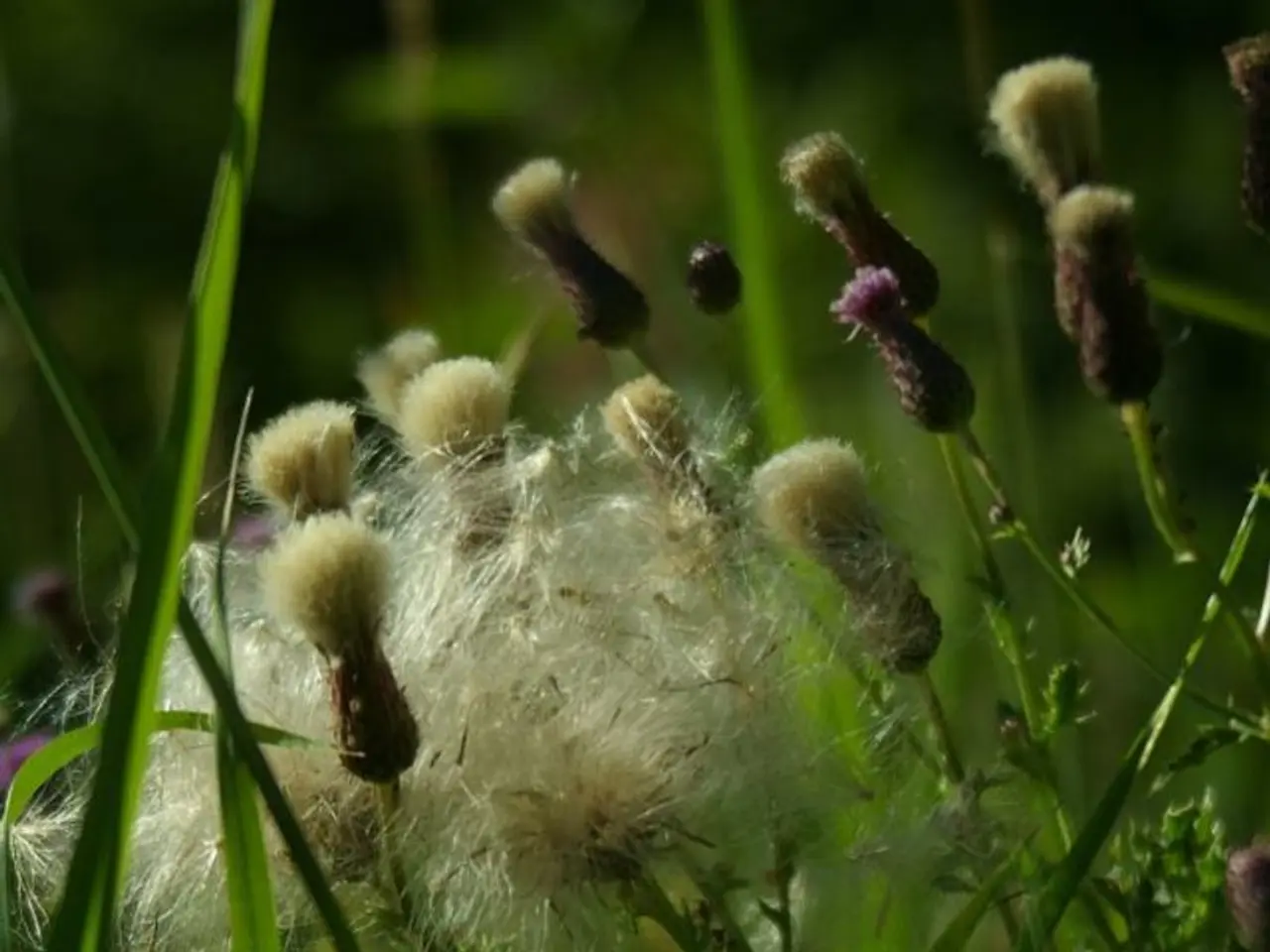Guide for Cultivating Edamame Soybeans
In the ever-changing British climate, growing soybeans can present some unique challenges. However, with careful planning, adaptation, and the right approach, it is possible to cultivate these versatile plants and enjoy their nutritious benefits.
### Sowing
The key to a successful soybean crop is sowing at the right time. Aim to plant soybeans after the last frost date, when the soil temperature reaches at least 10-12°C, usually between late April and May. Prepare the soil by choosing well-drained, fertile ground, and enrich it with organic matter and mulch to improve soil moisture retention and health. Plant seeds about 2.5-4 cm deep, with adequate spacing to allow airflow and sunlight, reducing disease pressure.
### Caring
Regular moisture is essential for soybeans, especially during flowering and pod filling. Due to water scarcity risks in the UK, supplemental irrigation may be necessary during dry spells. Soybeans also require careful nutrient management, with a focus on supplementing nitrogen where necessary. Organic compost or mulching can help maintain soil fertility. Maintain soil cover to suppress weeds and encourage beneficial insects, as biodiversity loss can impact natural pest control.
### Harvesting
Harvest soybeans when pods are mature and leaves start to yellow, usually around late September to October. This can be done by hand or mechanically, but prompt harvesting is crucial to avoid losses from damp weather or pests.
### Problem-solving
Growing soybeans in the UK requires addressing various challenges, such as erratic weather patterns, soil health issues, and water scarcity. To mitigate these impacts, consider using microclimate adaptations such as mulching, raised beds, or protective covers. Regularly adding organic matter and adopting no-dig or minimum tillage methods can help restore soil structure and moisture retention. Monitor crops closely and use natural predators or organic controls where possible to reduce chemical inputs.
In summary, while growing soybeans in the UK may present challenges, success is possible by sowing at the right time, improving soil with organic matter, ensuring moisture, adopting integrated pest management, and timely harvesting. For those interested in soybeans, a regular supply of water is crucial for pod and fruit production. Soybeans are ready to harvest around 12 weeks after sowing, in late summer or autumn. Weed regularly around soybean plants as they compete with weeds for water and nutrients.
Soybeans can be grown from seed sown from mid-spring to early summer, or you may find plug plants available online in spring. For soybeans, allow the pods to develop to produce large beans, then dry thoroughly in an airy spot under cover before shelling. Edamame beans, or young soybeans, can be picked when the pods are green with the shape of the beans visible inside.
Soybeans are a versatile cropping plant, with a long history of use in South-east Asia and growing popularity in UK kitchens. However, it's important to note that soybeans should be cooked before eating and should not be eaten raw.
For those looking to purchase soybean seeds, consider buying from UK suppliers such as Suttons, Thompson & Morgan, and Primrose. While soybean seeds are not widely available, you can often find a selection online or at gardening centres during the spring season.
Lastly, be aware that slugs and snails can damage soybean seedlings. Protect them with physical barriers or slug and snail killers to ensure a healthy crop. With the right care and attention, growing soybeans in the UK can be a rewarding and delicious experience.
In incorporating soybeans into one's home and garden, one can expand their food-and-drink repertoire by growing this versatile plant. With a well-planned sowing season, ensuring the soil is suitable, and providing consistent water and nutrients, one can delight in homemade recipes using their home-grown soybeans. Furthermore, adopting practices like integrated pest management and regular weeding can help maintain the health of the soybean plants, thus contributing to a sustainable lifestyle in the realm of food-and-drink cultivation.




